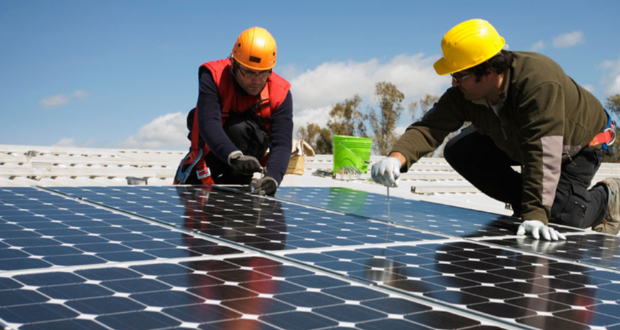The separation of carriage and content meant separating the distribution and supply function that was expected to promote competition in electricity retail. RE-based electricity promotion in EA 2014 included a number of incentives at the supply end, along with complementary provisions at the demand end. Under EA 2014, RE-based electricity generation and supply would not require a licence, and cross-subsidy for open access would be eliminated.
Although EA 2014 is yet to become law, the provisions of EA 2003 that were prerequisites for introducing competition at the retail end have not yielded the expected results. Open access is faltering because of high cross-subsidies and a lack of infrastructure. The parallel distribution licensee model has also failed to pick up, as it requires distribution companies to distribute power “through their own distribution system within the same area.” This means duplication of capital-intensive infrastructure leading to higher costs. The distribution licensee model adopted in Mumbai stands as testimony to this outcome.
The parallel distribution licensee model has also failed to pick up, as it requires distribution companies to distribute power “through their own distribution system within the same area.”
In this context, distributed production and consumption of RE by households and industries, primarily using solar photovoltaic (PV) systems, is projected as a potential driver of RE generation and consumption. In 2023, the cumulative capacity of roof top solar PV installation capacity was 10 GW (gigawatts) which was about 7.5 percent of total installed capacity of RE and 13.8 percent of the total solar installed capacity in November 2023. In India, over 75 percent of rooftop installations are by commercial and industrial entities. Those with solar rooftop installations are both producers and consumers of RE and can drive RE adoption with the support of the right infrastructure and financial incentives provided by distribution companies (discoms). However, caution is recommended as this option may impose costs on the economically challenged households in India.
Incentives for Prosumers
Prosumers are end-use consumers of electricity who also produce their own electricity at the point of consumption to meet their own electricity needs and export surplus electricity to the grid. Increasing the number of prosumers could boost RE consumption and also substantially reduce transmission and other system losses. These potential benefits are particularly important at the city level, where a large share of electricity is consumed, and where consumption is set to rise with rapid rates of urbanization. The major policies that enable the development of prosumers are capital subsidies for installation of solar PV systems, net-metering and feed-in tariffs (FiTs).
Read Full Article:




